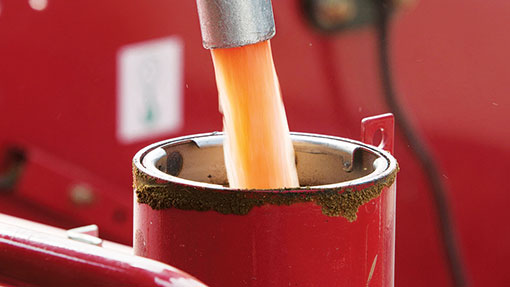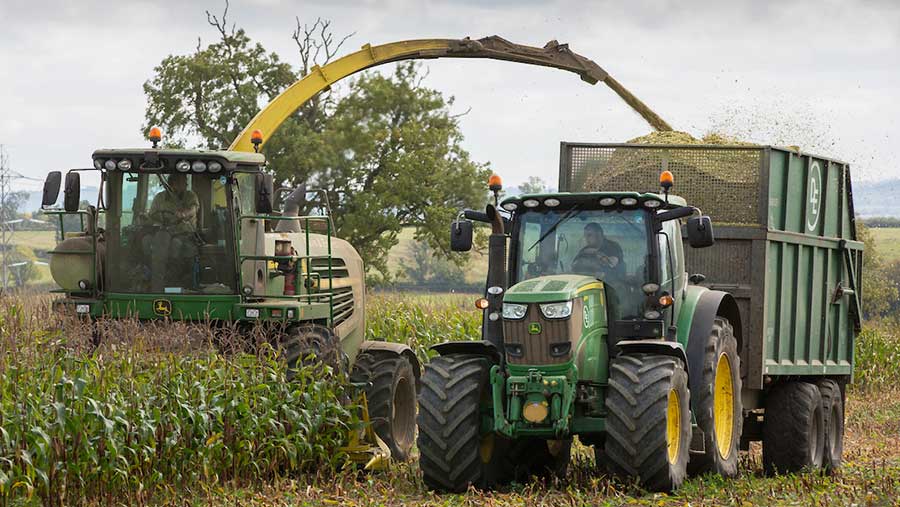- Location
- Cumbria
Sustainability is an odd term for a process currently reliant of fossil fuel inputs... I looked long and hard at the facts about 20years ago, most I have long forgotten but when I did a life cycle analysis back then I seem to recall the energy of fossil fuel consumed in growing and transporting a ton of various feedstocks and then spreading the digestate was not vastly lower than the energy produced from digesting 1T that feedstock.. Basically a complex process for converting relatively cheap fossil fuel energy into a more valuable product ie government grant money. If you consume a 39MJ litre of fossil fuel derived energy for every 40MJ of biomethane produced it is hardly a technology to save the planet. I genuinely would like to know though, how do the figures look today? For every MJ of energy exported from a typical AD plant how much energy is used in the full life cycle of the feed stock? Is AD leveraging fossil fuels to create energy or does it simply convert it for little or no net gain?
I don't think anyone would argue with your points. AD is at best carbon negative, at worst carbon neutral, based on what you put in, and what you get out. That still put's it head and shoulders ahead of most competitors providing base load energy.
However, the very under-played benefit is digestate.
If calculating the benefits of digestate to the soil, bioculture and environment AD starts to look very carbon negative and environmentally friendly.
I have read several life cycle assessments, and every one without exception has oil as part of our future fuel make up.
Biogas -Electricity/Heat/Biomethane is up there also, and a big part of our future, and still has (in my view) got a long way to grow in the UK.
The future is very large ' Community ' plants taking in waste from hundreds of farms, as well as waste from processing and commercial and industrial.
As NVZ's and Environmental Scheme's play a bigger role, AD has the ability to manage N, and the use of technology as the solution to a problem.
As long as we continue to grow in numbers, so will the demand for fuel and pressure on the environment.










